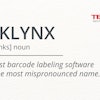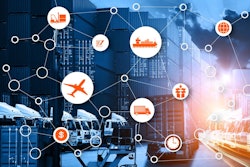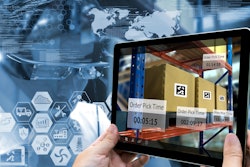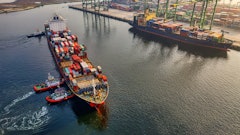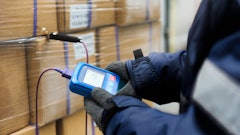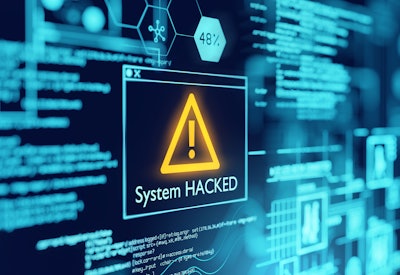
When it comes to today’s global supply chains, one thing is certain – they all share the same pain points, just in different ways.
Where one supply chain may be set with real-time alerts and notifications, another may be aiming for that sustainable footprint.
But, what happens with those supply chain risks crops up, and end up being different kinds of risks than you planned for? What if you’ve spent the last 18 months installing the most cutting-edge technology to manage your fleet, when it’s your servers that end up getting attacked?
A recent BSI report indicates crime, climate and convergence as dominant risks to the global supply chain. Here's what that means:
Crime
2021 saw a host of companies fall victim to ransomware attacks, including JBS and Colonial Pipeline. Supply chains responded by implementing real-time alerts, blockchain technology and supply chain visibility solutions.
Yet, the challenge still remains to be finding that part of the supply chain that isn’t essential to national security, James Crean, co-founder and CTO of CREAN, Inc., said in an earlier column.
“Everything from airplane parts, raw materials, steel, food, medicine, aluminum, etc. are all critical to national security in various ways. The list is endless. There’s almost nothing you can’t at some point tie back to essential services and products. That’s why it’s important to have a strong manufacturing backbone in America,” Crean adds. “COVID has proven that being a service economy isn’t enough to protect our country’s interests, safety and security.”
Climate
From reducing emissions to enforcing zero waste to bringing traceability to the forefront, sustainability continues to be a top goal for many of today’s cold food chains.
However, natural disasters happen, and will always happen.
That’s why solutions such as climate risk management systems, data analytics and operating in a more eco-friendly manner are crucial to ensuring a sustainable – and safe – supply chain.
Convergence
When it comes to convergence in the supply chain, it’s all about eliminating the siloes that separate departments and the people that work within them and instead bringing all functions, tasks and sectors together as one.
Doing so allows for more collaboration, end-to-end visibility and risk reduction.
“Convergence can be addressed by companies doubling down on collaboration, ensuring that all parts of an organization and their partners understand the integrated threats to a supply chain and that teams work together to address them,” the BSI study says.
Regardless of where you work in the supply chain or where your company sits along the chain, pain points are pain points; they’re real, and they’re not going away anytime soon.
To learn more about supply chain visibility, risk management and what this all means for the future of supply chains, industry experts bring out their crystal ball to provide insight, knowledge, use cases, know-how and more on what to expect going into 2022 and what can be done today to make for a safer, more efficient tomorrow.
Go to SCNSummit.com to register for one, two or all sessions!



